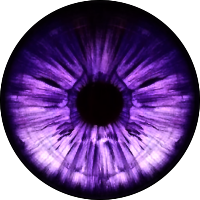(Note, none of this is true with the Hex grid! :)) No distortion will happen if you just keep to the 70pixel/inch. So if you want to make a token that is 1 square by 2 squares then just make sure you make it 70 pixels by 140pixels. You can even make it higher dpi if you like as long as its always a multiple of 70 pixels since you can set the dimension of a token in Roll20. So you could make a horse that was 140 by 280 pixels and then the user just has to resize the token to 1by2 later in roll20. I haven't run any test to see if the token actually looks better by using a higher dpi and using Roll20 scaling or just doing the token at 70pixel/inch, will try it out in the next few days. So in the example above you could make a chain devil token that is 1 square by four squares, the actual chain devil is only 1x1, but his chains go out another 3 squares. One problem with these tokens is rotating, it won't rotate the way you might want them to since they aren't "square". I've made some fireball, cone, and line area of effect templates. The sphere is easy of course since its just a square with transparency. The cone and line won't rotate nicely around the origin of the effect since rotation only works at the moment at the centre of the token. So all I do is double the size of the token with a bunch of transparency padding. Its hard to explain, here is a screenshot. You can see the cone actual token size is very large. One problem with doing lots of transparency is if the token is above all the other tokens you can't select any tokens under it even though it looks like you are only selecting the token you want to. So in the above screen shot, if the cone token was above the monk fighter in the Z order of things then you couldn't ever select the monk unless you moved the cone out of the way or just moved the cone to the back. Sorry for the long reply :), but I hope that helps someone! Konrad





